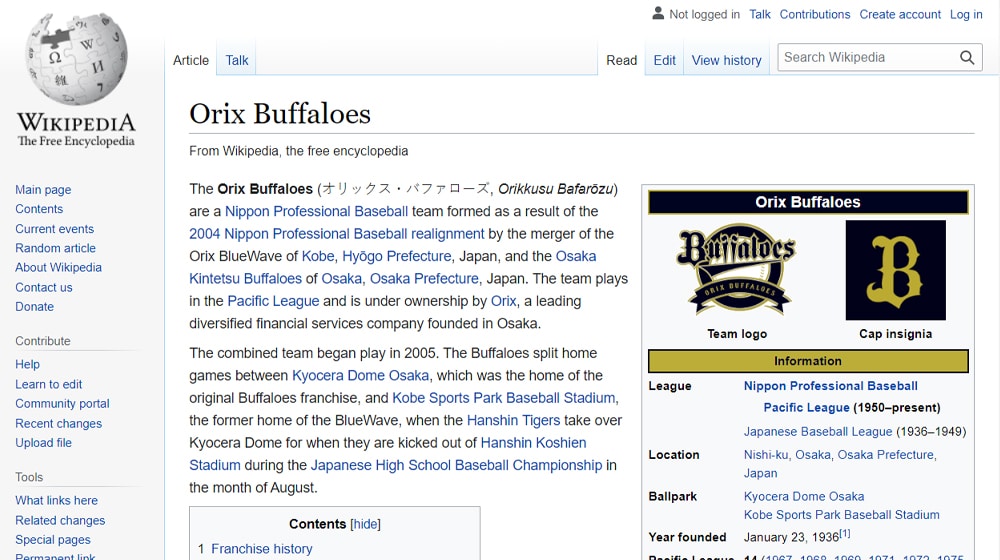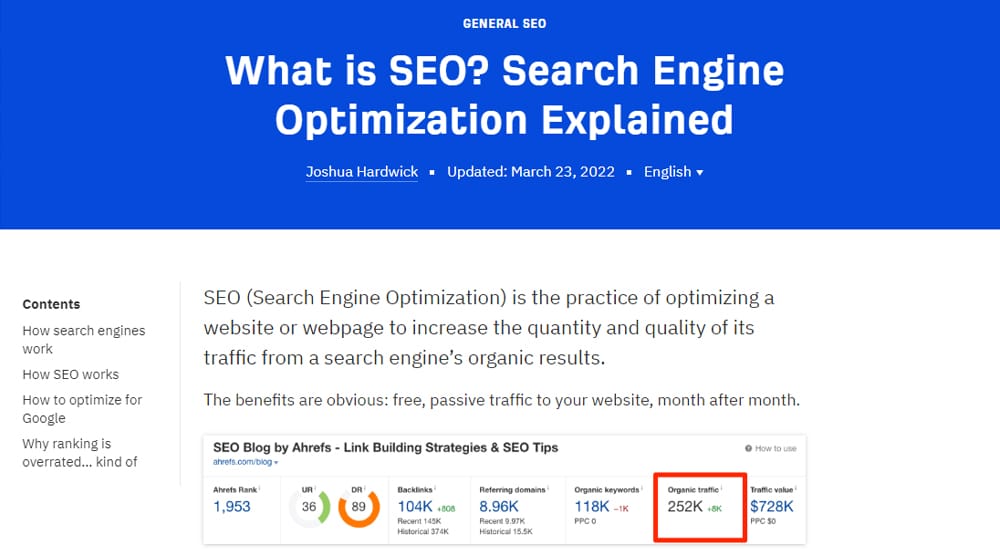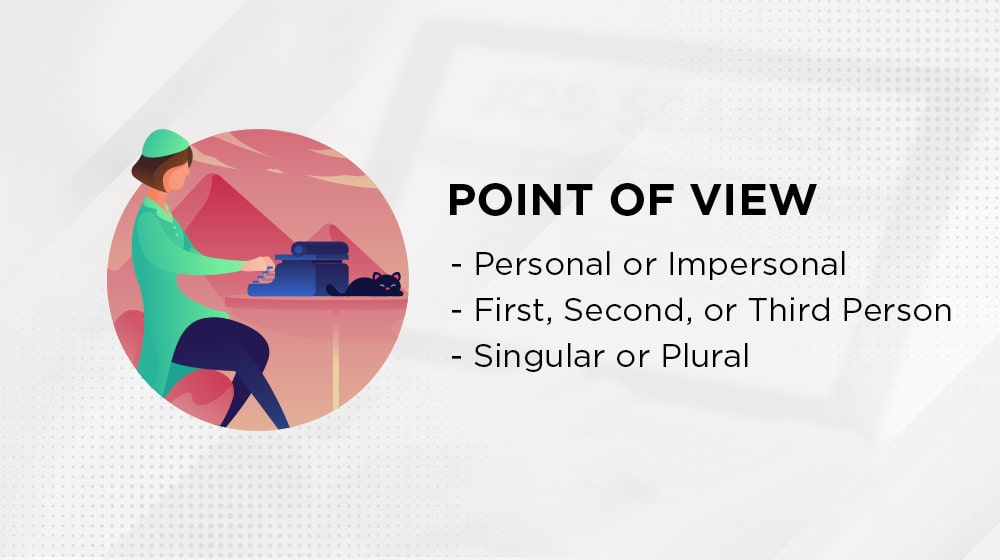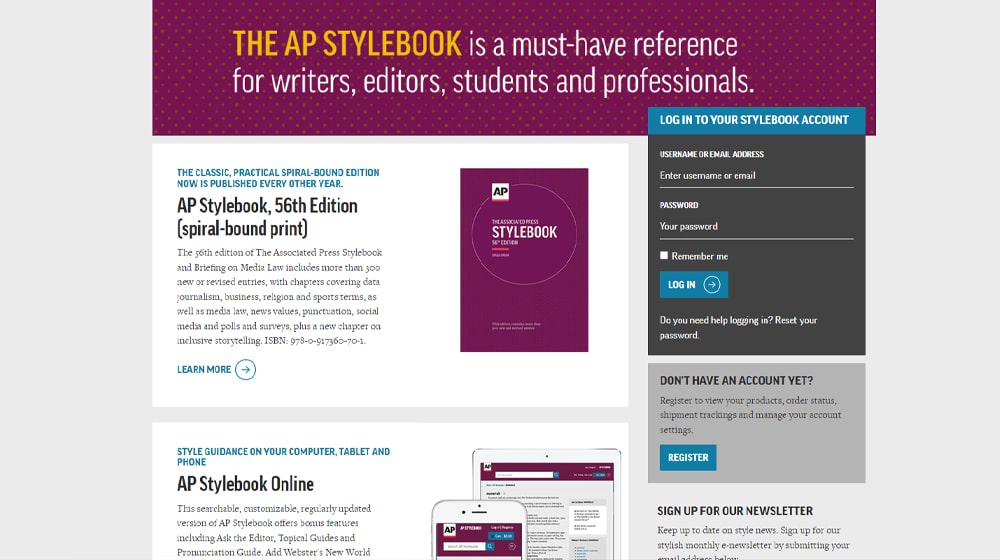In blog writing – really in any form of writing, but online blog writing is my primary interest today – there's a lot of discussion on developing a tone, voice, and style for your blog.
It's easy to say but hard to do. So, how do you do it?
Taken all together, your writing style is a combination of various factors and influences. Some of them are conscious choices, and others are simply elements of your writers' natural command over language. Let's break it down into its component parts.
The first choice you'll need to make is the general style of writing you want to use for your blog. There are a handful of general styles to pick from, though some of them might not be appropriate for your blog, and you might use different styles for different kinds of content.

Many authoritative sources identify four broad styles of writing and break them down into sub-categories. There's a lot of fuzziness and flexibility between them, of course. These sources also generally refer more to books and long-form writing rather than blog writing. Still, the primary four writing styles still apply to blogging, just in a slightly different way.
First up, you have the narrative style.
 Narrative-styled writing is writing that attempts to tell a story. You see this a lot in certain kinds of blogging and reporting, and there are plenty of blogging advice sites that will tell you to "become a storyteller." What does it mean?
Narrative-styled writing is writing that attempts to tell a story. You see this a lot in certain kinds of blogging and reporting, and there are plenty of blogging advice sites that will tell you to "become a storyteller." What does it mean?A recent example is this report on the man behind the last surviving supplier of floppy disks. While they could certainly have written a more formalized, factual presentation of the information, it would have been way less interesting. So, instead, the story was turned into a human interest piece. It's a tale about a man whose business has fallen far, far out of favor but still fulfills a role in a sector of technology no one else still covers. It's unique, it's compelling, and it's interesting far beyond what a point-by-point list of facts would be.

Narrative storytelling is excellent for reporting and journalism. It's also good for some forms of compelling landing pages in marketing. If you can tell a story of a hypothetical individual with a problem and how your product solves that problem, anyone whose personal situation matches that hypothetical person will feel compelled to follow along.
Similarly, narrative style is often used for "About Us" pages on business sites and blogs because a narrative tale of the reason behind a business is more interesting than a corporate timeline.
One of the biggest tips you can give to a prospective writer fresh out of college is to drop the tenets of academic writing. Web writing and academic writing are extremely different, and academic writing is very much not what you want on a blog. There are some exceptions, which I'll get to in a moment, but it still holds true in general.
 Academic writing shows up a lot online, but not as business or marketing writing. You see it on websites like Wikipedia, where the style guide is formalized, the format is standardized, and the standards aren't stylized. It's dry, factual, and objective, at least as much as it's possible to be.
Academic writing shows up a lot online, but not as business or marketing writing. You see it on websites like Wikipedia, where the style guide is formalized, the format is standardized, and the standards aren't stylized. It's dry, factual, and objective, at least as much as it's possible to be.You can also see academic writing in, well, academic publications. Academic journals, science journals, and medical journals; these all exist as well. The key is no blog or business website is producing that content. Rather, they're citing it and creating content in a more narrative or persuasive style using facts from academic writing to back up their claims.

Academic-style writing can show up on business blogs in a few ways, though. Some businesses turn their websites into resources and publish glossaries and directories or even whole wiki-style resources of information. Something like Moz producing a glossary falls into this heading.
You can also find academic writing in the form of technical writing. The two aren't the same, but they both focus on facts, very little narrative idealization or presentation, and as much objectivity as possible.
Also known as descriptive writing, explanatory writing is most often used to take a complex subject and break it down into easier-to-understand concepts. You see it a lot in explainer videos, video essays, and infographics these days, but you can also still sometimes find it in a lot of "beginner's guides" and tutorial-style writing on business blogs today. You can see an example of it here.

There's a lot of crossover between explanatory writing and persuasive writing today. In general, the biggest difference between them is that explanatory writing is trying to be educational and build thought leadership, while persuasive writing is trying to get the reader to take a step down the sales funnel, be it signing up for an email list or buying a product.
I've mentioned persuasive writing a few times. If we're being honest, persuasive writing online is the default style, and there are a lot of different varieties of it. Persuasive writing can take many different forms, and it all depends on what you're trying to persuade users to do.

Lightly persuasive writing is very similar to explanatory writing. It's usually just explanatory writing with a few calls to action thrown in throughout. On the other hand, heavily persuasive writing is writing more focused on the convince-and-convert pipeline.
Most of the time, if you're going to be writing for a business blog, persuasive writing is the way to go. The other kinds of writing are valuable when used properly, but they aren't appropriate for your average blog post.
Another element of style is your point of view. How do you address your customers, and how do you address yourself?
There are a few different choices to make here.

This is basically whether or not you refer to your audience as "you" or "they" or a more impersonal form.
These different ways of addressing your audience help bring emotional and personal resonance to the writing. Usually, informal is the way to go, and the first example above is the most common.
Traditional PoV is the choice between first or third person. Second person is dramatically less common in fiction writing but very common in blog writing.
First person uses I or We and presents content as a singular expert sharing experiences or tips. My writing here is in first person, with sentences like this one using "my" to show it.
Second person uses You and Your and is more of an invisible or implied authority addressing you, the reader. The only difference between first and second person is whether or not you inject your personal pronouns into it. Compare:
Both are addressing you; one is just more directly saying that I'm addressing you. The other simply implies it because we all know that the blog author is writing the content and addressing us; this isn't an objective "voice of God" situation.
Third person is very common in fiction and not very common in blogging. It uses He and She and It and They pronouns, which means it ends up feeling stilted in a blog context.
You can use this kind of point of view if you're writing in a more narrative style, such as examining the trials and solutions of a hypothetical customer. It's a bit contrived, though, and doesn't directly engage your readers the same way first or second person writing would, so it's not used as often.
This one is pretty simple. If you're using first-person point of view writing, do you present yourself as a singular individual or as the collective vision of the company? It's the difference between "My experience says this" and "Our experience says this."
The choice here isn't really meaningful, but it should be consistent throughout your site.
Another element of your style is the level of complexity or the grade level your writing occupies. How long are your sentences? How many niche terms, abbreviations, and long words do you use? Would a novice understand it, or do you need a PhD in the subject to parse it all?
There are a bunch of different grading scales used to analyze readability and all kinds of tools out there to analyze your writing. Generally, you want to aim for the lowest comfortable reading level. The simpler your writing is, the more accessible it is to the greatest number of people.

This is, of course, determined largely by the complexity of your topic. It's pretty hard to explain linear algebra in a first-grade reading level, at least in a way that conveys any real useful meaning. Conversely, explaining something simple doesn't need vastly complex language.
Usually, you want to keep your reading level low simply for a greater amount of engagement from your audience. However, you also want to understand who your audience is so you avoid talking down to them. You wouldn't try to explain the basics of investing to Warren Buffet, after all.
One of the keys to developing a style for your blog is to understand that many elements of style are flexible. The difference between singular or plural, the difference between first and second person POVs, and the different levels of complexity; these can all change depending on what you're talking about and who you're addressing. So much of modern web writing is contextual that it's impossible to develop one single formula.

The exception to this is if you're in a position to be regulated or if you're a site with a vast number of contributors. A news site, for example, is likely to have developed a rigid style guide or follow an existing one like the AP style guide. For a site like Reuters, it's a good idea. For a business blog, it's generally not necessary.
Another choice you can make is whether or not you're going to have more than one style on your site.
"But wait; isn't consistency the important part?" Yes, I've said that consistency is important, and it is, to an extent.

The goal is to have any individual author have a consistent style. This is easy if it's just one author writing the content, but if you have two or three writers producing content to be published under one name, a consistent style is important.
The easiest solution to this conundrum is to create more than one author account and have each writer publish under a different author account. That way, differences in style are more easily explained.
Of course, this involves developing an elaborate fiction about the identities of the people writing for your site, and that may be more effort than you want to put into it.
How important is your style? Is it a ranking factor in Google searches?
Yes and no. Your style is important, but it's important for things like attracting and keeping the attention of your readers. The dryer, more complex, or bland your writing is, the harder it is to capture attention. That means you'll get less attention, fewer clicks, fewer conversions, and more bounces. It's a general hit to your user experience.

So, while style isn't required for SEO, it can be pretty valuable anyway.
That leaves us with one question: how can you develop your style? The answer to this one is both simple and disappointing: just write more. Your style is something you develop over time. You can pick the primary qualities, like first/second person or singular/plural, but beyond that, you just write the way you write and lean into what works over time.
We encourage you to share this article on Twitter and Facebook. Just click those two links - you'll see why.
It's important to share the news to spread the truth. Most people won't.